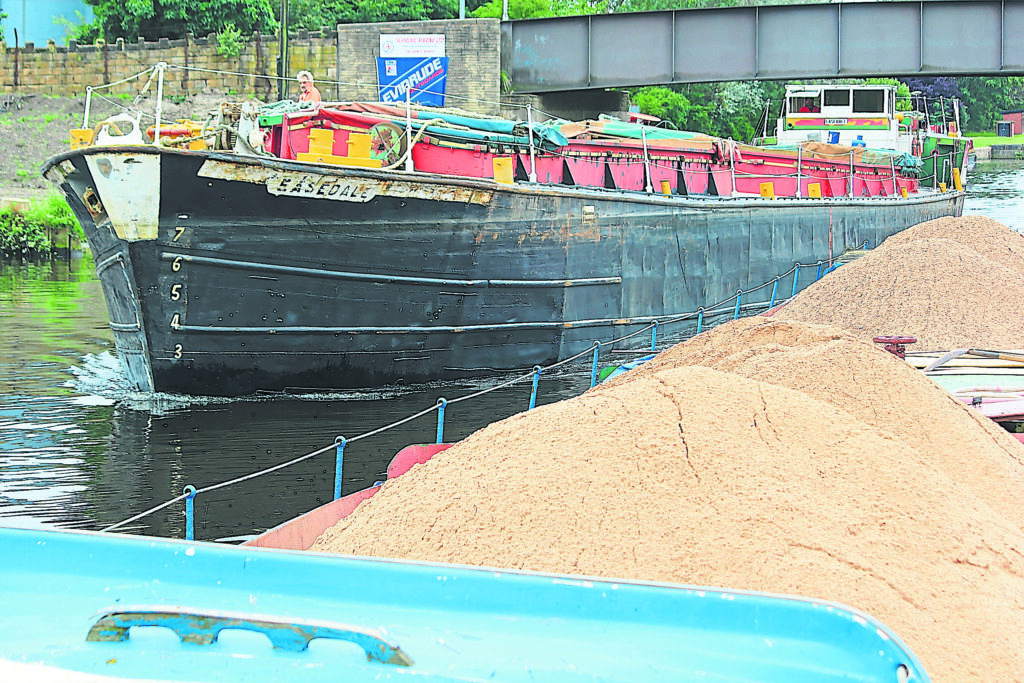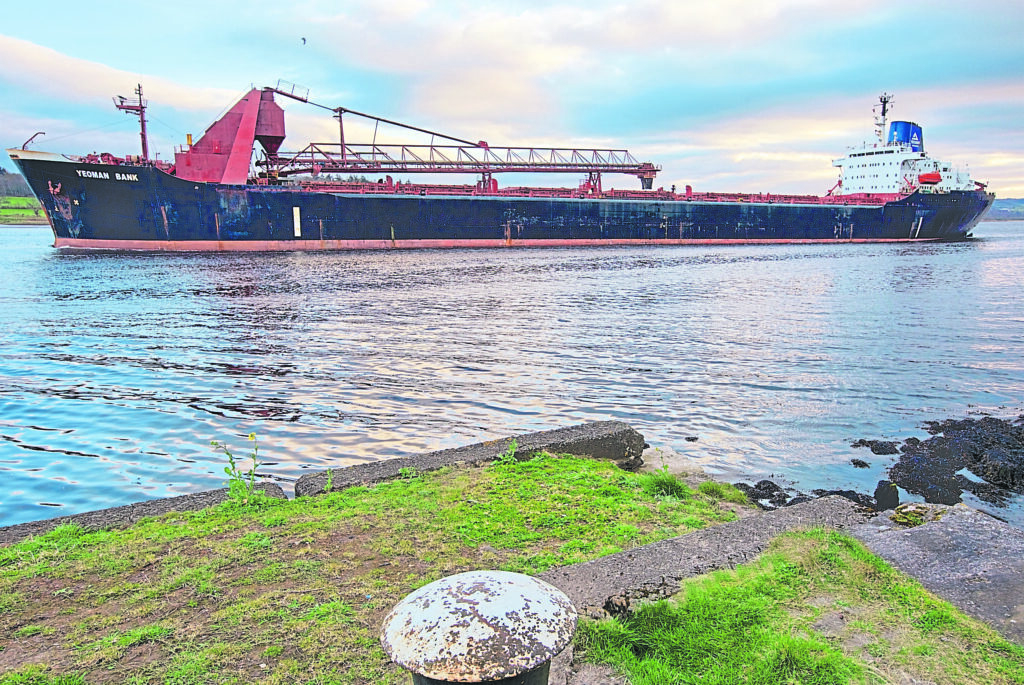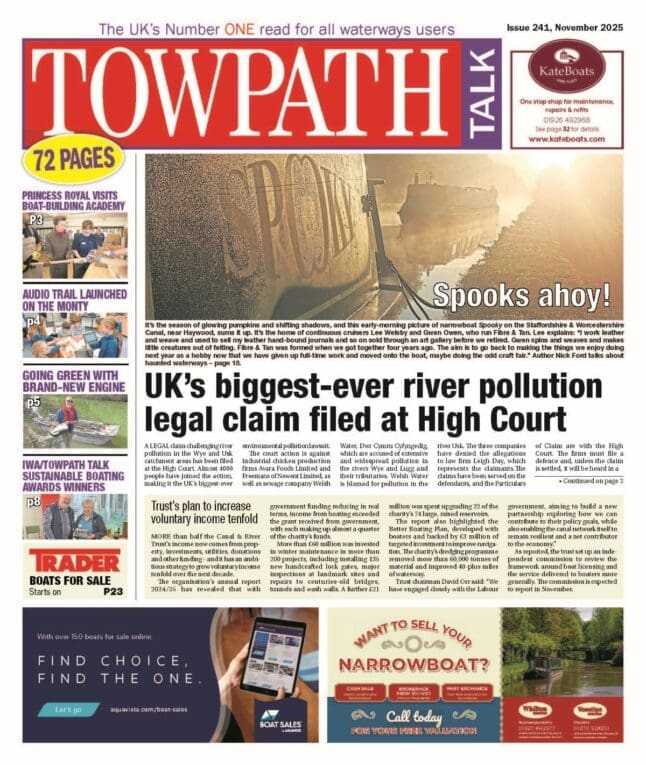Jonathan Mosse’s monthly look at freight development on the inland waterways…
EQUATING the green shoots of spring with by far and away the greenest form of transport on the planet often appears to be something of a challenge to the minds of our politicians and general policy makers.
This might partially be explained by an astute observation made in a recent European freight article, namely that waterways freight is largely ‘invisible’ and, although much greater in terms of tonnage than is carried by rail per year, proceeds in relative silence compared with the rush and roar of locomotives and rolling stock!

However, a new kid on the block – Casper River and Canal Transport – has just purchased a recently converted 570-ton barge and is energetically exploring its potential for a wide range of traffic, supported by a well-established and successful business founded upon a diverse portfolio of coastal chartering and logistics.
The company makes the very pertinent point that “the inland waterways in Britain have been severely misused in recent decades with barging commercially becoming obsolete” while acknowledging that while “still very new to barging and utilising our inland waterways”, it has determination and can lean on contacts from its sea-going vessels to make sure it is a success.

Enhanced co-operation
This is a most refreshing stance and can be viewed as a breath of fresh air which, hopefully, extends to embrace needs as diverse as crew training and dredging, through to enhanced co-operation from Canal & River Trust on such matters as lock availability and self-operation.
Meanwhile, over in the North West, salt traffic on the River Weaver is being actively explored as there remains huge potential for the cargo that was once a regular on this waterway. At Winsford, salt could be loaded directly into pans, pushed by a tug, for onward travel to the Manchester Ship Canal, off-loading at Ellesmere Port.

Back on the North East waterways, I’ve previously mentioned a new gravel pit being dug at Stanley Ferry, alongside the Wakefield Branch of the Aire & Calder Navigation. A significant planning stipulation attached to this permission is that all material from the pit must go out by water and, to this end, a new quay has recently been constructed.
The exact craft to be deployed on this run are yet to be identified as the locks on this branch of the navigation are of a smaller gauge than those employed on the mainline, Leeds to Goole. Several destinations have been mooted, including the old Kellingley Colliery site, that used to be served by Hargreaves tugs and pans, supplying coal to Ferrybridge power station before its closure. Onward travel from here would be by road.
Slightly further afield might well be the wharf at Knostrop, just on the edge of Leeds that was, until recently, serviced by John Branford’s vessels – supported by Humber Barges – carrying sea-dredged sand up the Humber from Hull. This restricted site proved challenging for the tonnages involved with the Hull flow and would be better suited to the smaller output from Stanley Ferry.

Derelict land
No mention of Leeds could be made without reference to Leeds Wharf at Stourton, just east of the city. Here 10 acres of derelict land, owned by Canal & River Trust, has for many years been earmarked for development as a wharf with associated storage and handling facilities, together with a waterside readymix plant that would ensure financial resilience for aggregate traffic visiting the site.
Independently, Casper has just completed a general cargo wharf slightly downstream from here, which is now up and running and ready to receive any traffic that its newly converted vessel – Off-Roader – is likely to be shipping up to Leeds.
Flows anticipated include steel, cement in big bags, aggregates and timber and, as an example of the company’s integrated approach to carriage by water, Off-Roader’s first voyage from Lincolnshire to South Yorkshire was a cohesive venture in conjunction with one of Casper’s regular routes from Portugal to the UK east coast.

So, letting Casper have the last (and most encouraging) word, in what we can only hope will prove to be one of the greenest shoots of all: “We ideally would like to see the barging industry back to its former glory, adding more barges to the fleet. Things have changed drastically in recent years, with former industries ceasing to exist and companies choosing HGVs as a preferred choice of freight movement.
“We believe with our determination, contacts and environmental benefits, the business will be a resounding success with multiple barges sailing around the Humber region with your cargo.”



